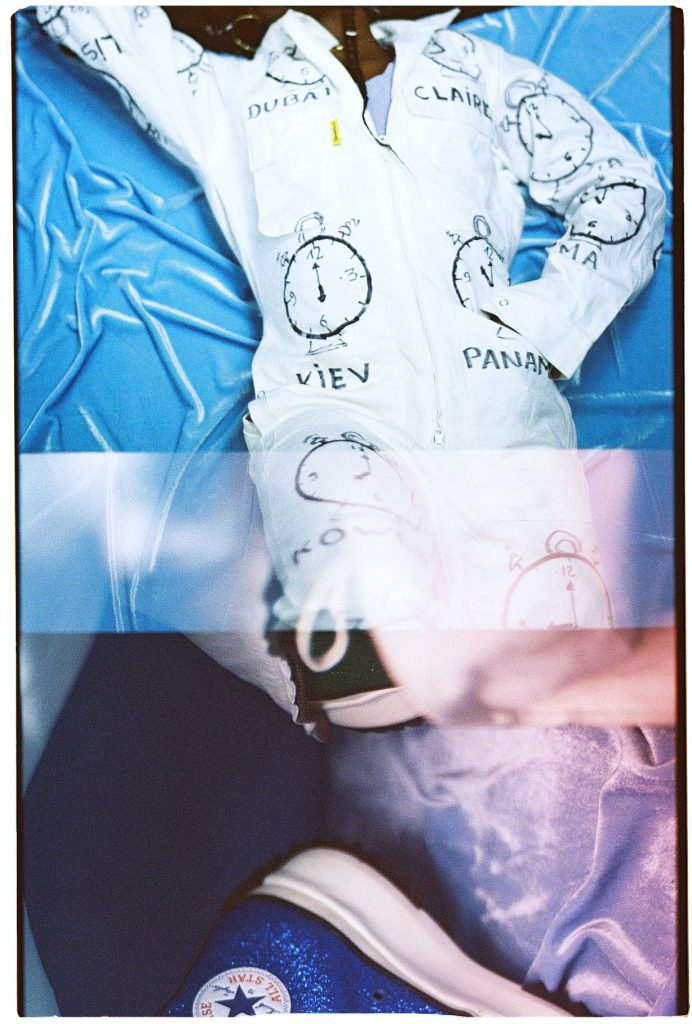20th: « invention of the African American male - because black masculinity = an amalgam of fears and projections in the American psyche which rarely conveys the trope of truth about the black male’s existence »
—> overrepresentation but oversimplification, demonization and incomprehension
N. GEORGE, The Death of Rhythm and Blues (1988): = // the subsequent rise of hip-hop
rap and hip hop music = contemporary signifiers of black male culture.
—> rap manipulates the rich/fertile terrain of blackness, providing and inventing image and text
—> it provides a 90’s corollary to 70’s era blaxploitation that reinforces the constant parade of one-dimensional stereotypes.
Bell Hooks, Black Looks: Race & Representation (1992): critical challenge for black folks = expand the discussion of race and representation beyond debates act good/bad imagery.
What is thought to be good = reaction against representations created by white people that were stereotypical.
—> transforming the image, creating alternatives transform our worldview and move us away from dualistic thinking about good/bad
Mel Chin testicular sneakers
David Hammond - higher goals (1986) : impossibly high basketball hoops - false hope that professional sports still hold for most inner-city black youth
X-PRZ - NT YT Free Styles (1994)
Robert Mapplethorpe - Black Book (1986) + Black Males (1980) photographs and controversy speaks volume about the fear of black masculinity and more specifically of the lust and loathing of the big black dick.
In the wake of his work, an entire project in visual art, film and literature to detach compulsive heterosexuality from black masculinity = a battle against rampant homophobia and (hetero) sexual stereotypes
>Lyle Ashton Harris, Constructs (1989): reclaim black homoeroticism and self-representation
Still from Spike Lee, School Daze (1988)
Leon Golub, 4 black men (1985)
Steve Mcqcunn (its not about what you think
Clyde Taylor presents the maze of cultural negotiation and risk within social and cultural programs which lend themselves to a multicultural rhetoric that too often ignores the humanity and complexity of the black experience as expressed on film.
Ed Guerrero, Framing Blackness : black male’s role and representation in society
P. Brian Harper - gay epistemology
Valerie Smith and labor
—> we cannot define the black male’s representation or construction in film as an issue limited to one genre or historical moment.
